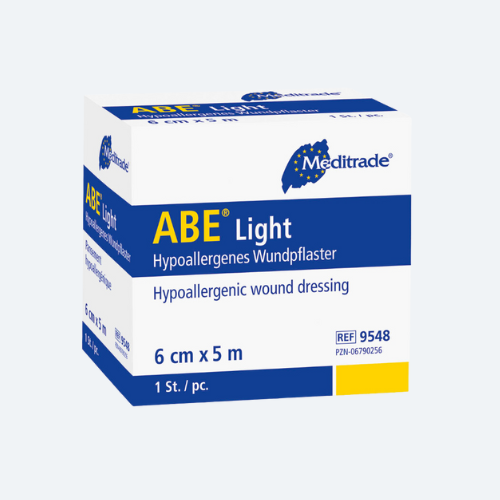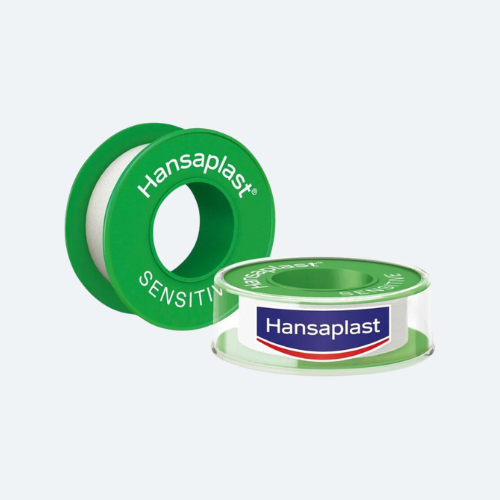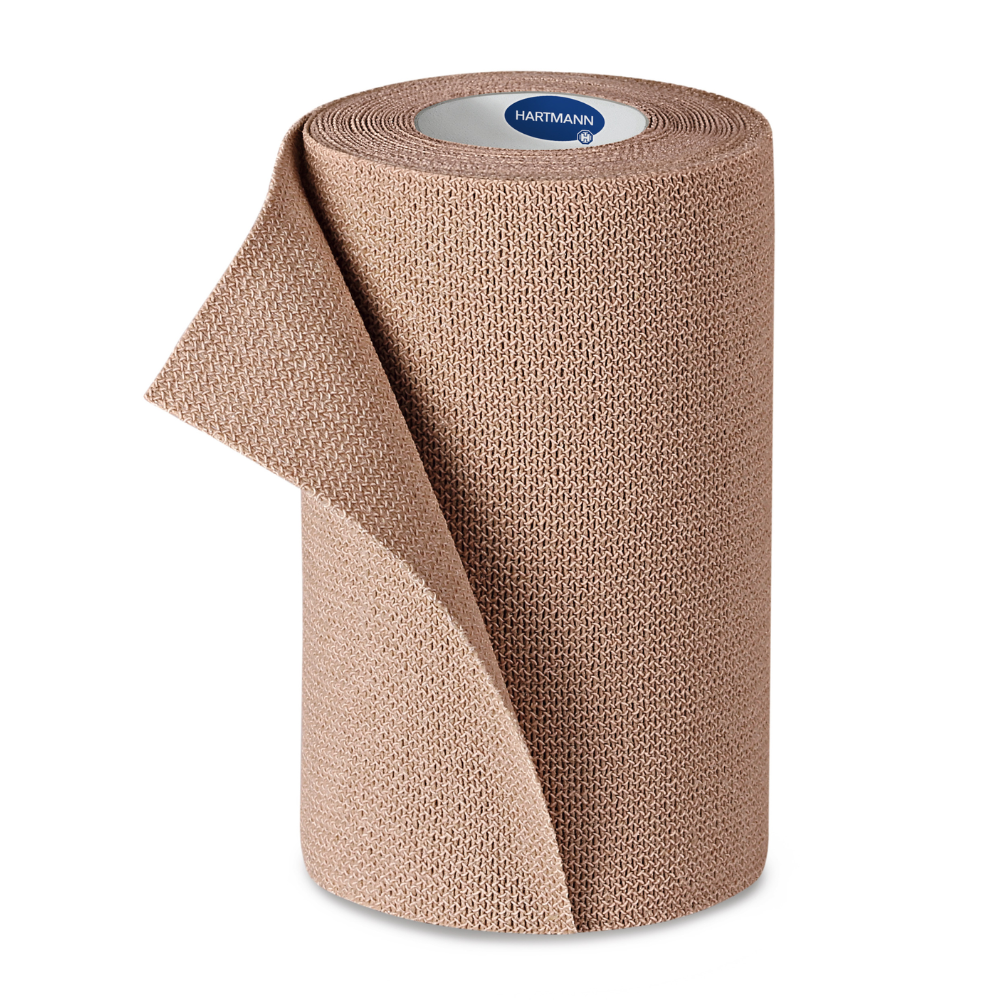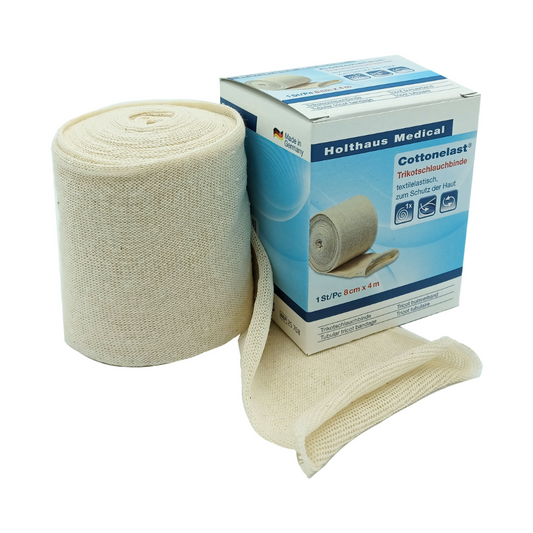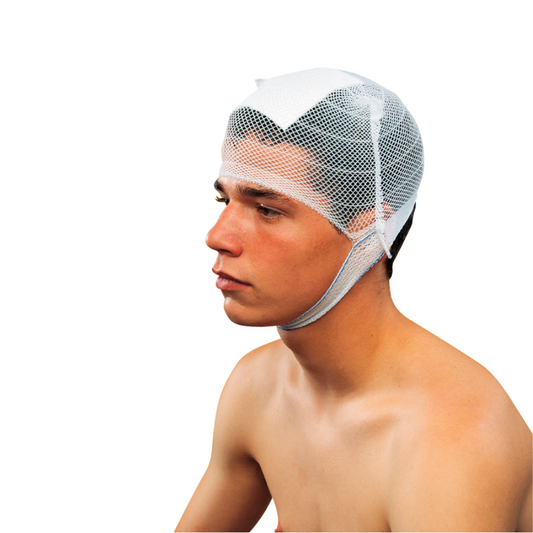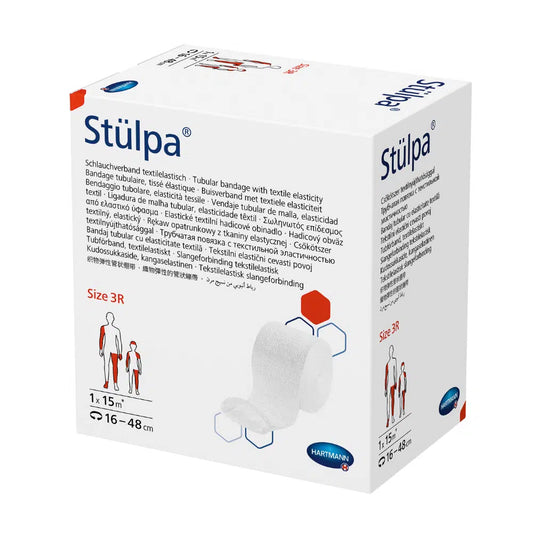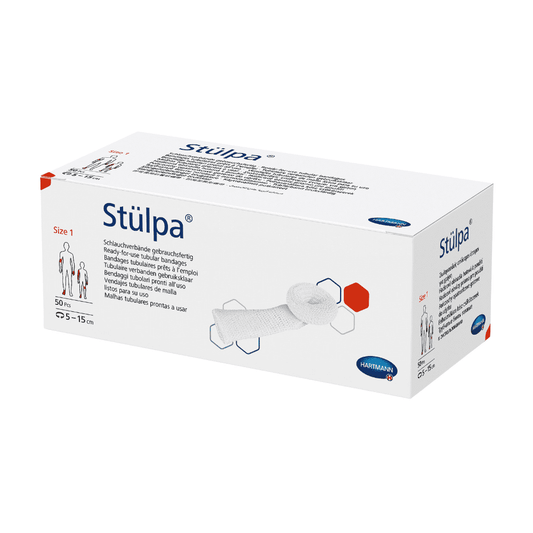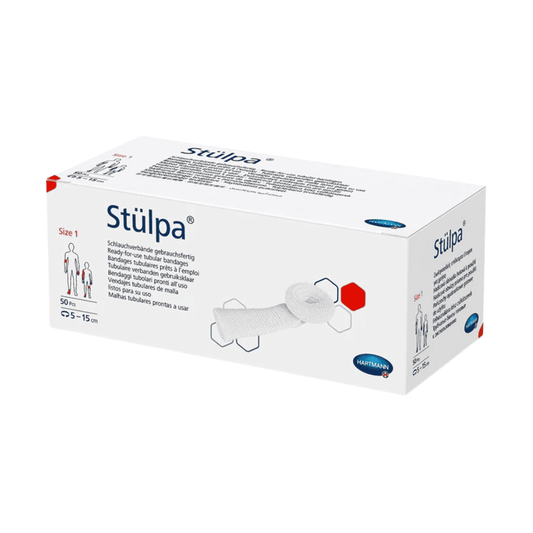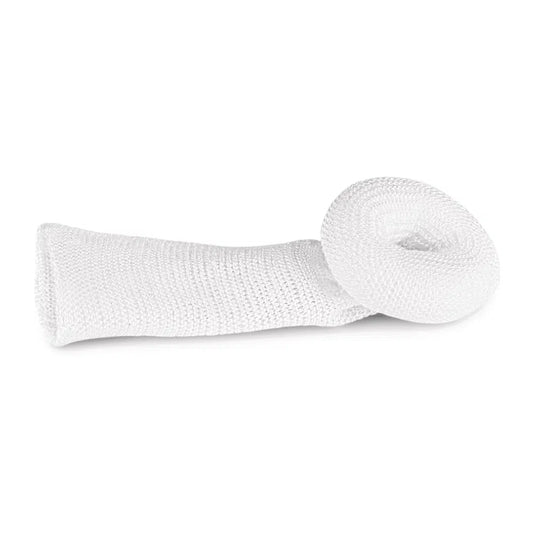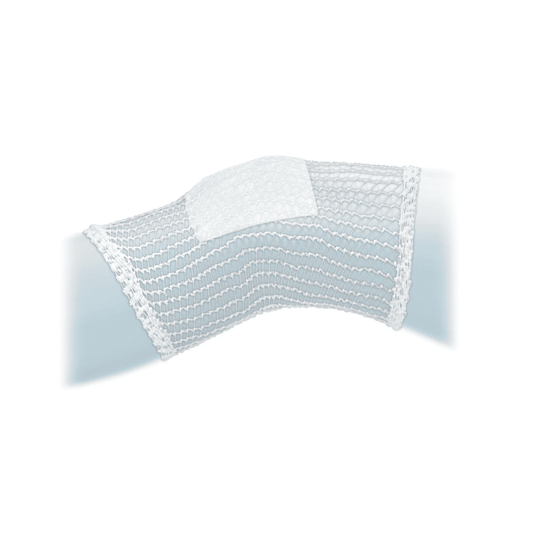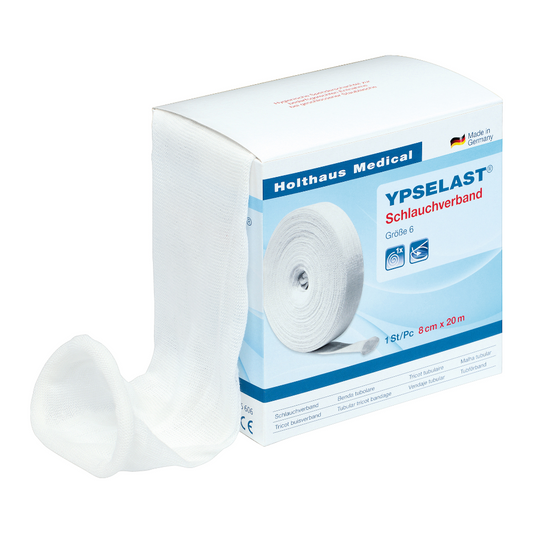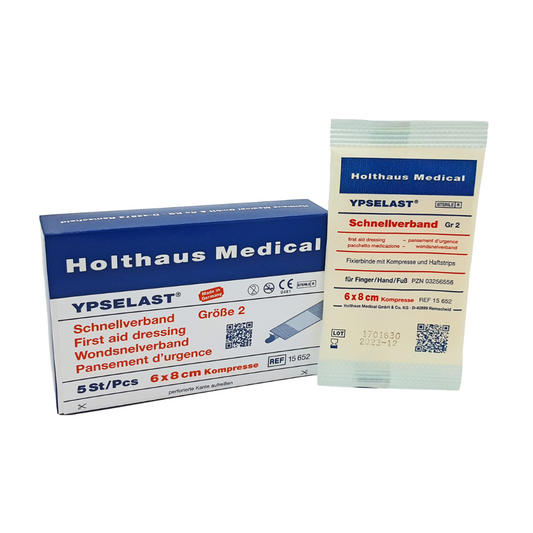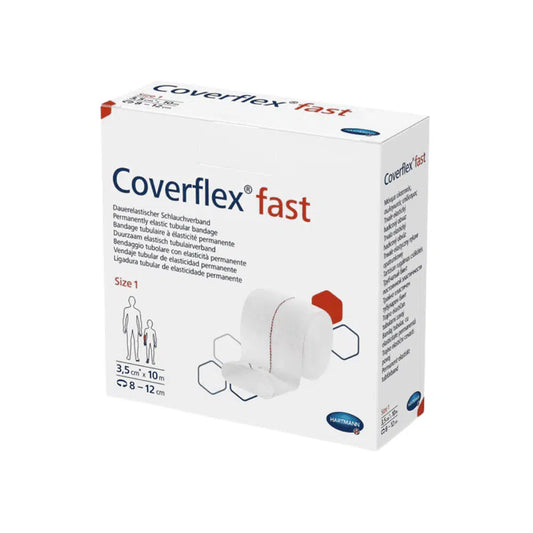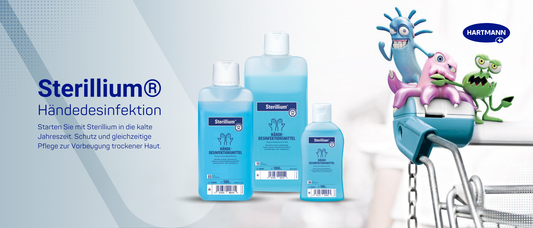Hose association
Buy Hose association easily online - Altruan.de
A tubular bandage is an indispensable tool in modern wound care and medical nursing. This elastic, seamless bandage has versatile applications in compression and support therapy and, in combination with gauze and fixation bandages , offers numerous advantages over traditional bandaging methods. In this article, you will learn everything important about the tubular bandage, its areas of application, benefits, and how to use it correctly.
Areas of Application for a Tubular Bandage
A tubular bandage is a true all-rounder in modern wound care. Thanks to its flexible and seamless structure, it is suitable for almost any part of the body - from arms and legs to hard-to-reach areas like the head, joints, or torso.
Especially in postoperative care and for chronic wounds like ulcers or venous conditions, the tubular bandage offers decisive advantages: It protects the injured skin from external influences, reliably fixes wound dressings, and simultaneously supports the natural healing process.
Due to its even compression, the tubular bandage also ensures stable fixation without pressure points - ideal for professional use in clinics, nursing, and practice, but also for home care.
Advantages of a Tubular Bandage
A tubular bandage offers numerous advantages:
| Property | Description |
|---|---|
| Comfort | Due to its elastic properties, the bandage fits perfectly and stays in place without slipping. |
| Easy Application | The bandage is easy to apply, even without medical knowledge. |
| Flexibility | It is suitable for various body parts and can be individually cut to size. |
| Breathability | The material allows good air circulation, minimizing the risk of skin irritation. |
Instructions: How to Properly Apply a Tubular Bandage
Applying a tubular bandage is simple and requires only a few steps. Here is a step-by-step guide:
Preparation
- Clean the wound: Make sure the wound is clean and disinfected using a skin antiseptic or a wound irrigation solution for necrotizing, acute, but also chronic wounds before applying the bandage.
- Wound dressing: Place a sterile wound dressing/sterile wound bandage on the wound, for burns and postoperative wounds.
Size selection and trimming
- Correct length: Cut a piece of the tubular bandage to the required length. Make sure that the bandage covers both the wound and a part of the surrounding skin.
- Width: Ensure that the bandage is wide enough to completely cover the wound.
Applying the tubular bandage
- Pull on: Gently pull the tubular bandage over the affected body part. Start at one end and work slowly to avoid twisting or distorting the material.
- Positioning: Position the bandage so that the wound dressing is directly on the wound and the tubular bandage securely holds it in place.
Fixation
- Adjustment: Adjust the bandage so that it fits snugly but does not impair circulation. The bandage should sit securely and not slip.
- Additional fixation: In some cases, it may be necessary to additionally secure the bandage with medical adhesive tape or clips to ensure a firm hold.
Check
- Check fit: Check that the bandage sits comfortably and does not restrict movement.
- Regular change: Regularly change the tubular bandage to keep the wound clean and promote healing.
Tips
- Ensure that the tubular bandage does not crease to avoid pressure points.
- If you have any uncertainties or complications, consult a doctor or a healthcare professional.
- With these simple steps, you can safely and effectively apply a tubular bandage to optimally care for wounds.
Conclusion: Tubular Bandages – Safe, Flexible, and Comfortable to Use
Tubular bandages are an indispensable solution in modern wound care – whether in hospitals, clinics, nursing, or private settings. They offer secure support, protect sensitive skin areas, and allow for hygienic fixation of wound dressings without restricting freedom of movement. Due to their elasticity and breathability, tubular bandages ensure high wearing comfort and support optimal healing.
At Altruan, you benefit from tested quality, a wide range of products, and attractive prices – ideal for professional healthcare needs and private first aid kits. Thanks to fast delivery and expert advice, you get exactly the bandage that meets your requirements.
Now buy tubular bandages at a great price at Altruan – Your reliable partner for medical quality products!
Common questions & answers
Here you will find the most frequently asked questions and our answers about the products Hose association.













